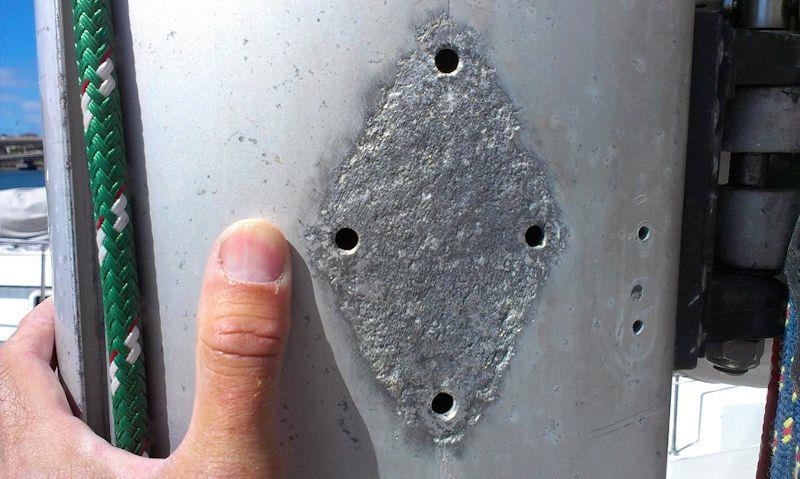Navigating the Waters: The Effects of Stainless Steel on Aluminium in the Marine Industry
The marine industry is a complex world of nautical challenges, regulatory requirements, and innovative design solutions. When it comes to choosing the best materials for ship construction and repair, two contenders stand out: aluminium and stainless steel. Both are prized for their strength, durability, and resistance to corrosion. However, when used in conjunction with one another, the interaction of stainless steel with aluminium can lead to unique effects worth discussing. Let's set sail on this exploration of stainless steel's impact on aluminium in the marine industry.
Stainless Steel Meets Aluminium: A Material Dance
In marine applications, both stainless steel and aluminium are known for their strong corrosion resistance. However, this doesn't mean they are corrosion-proof. When these two materials come into direct contact in a marine environment, a phenomenon known as galvanic corrosion can occur.
Galvanic corrosion happens when two dissimilar metals are in contact in the presence of an electrolyte, such as saltwater. The less noble metal (aluminium, in this case) becomes the anode and corrodes faster than it would alone, while the more noble metal (stainless steel) becomes the cathode and corrodes slower.
While stainless steel is highly corrosion-resistant, its contact with aluminium can accelerate the corrosion of the aluminium part. This effect is significant in the marine industry, where saltwater exacerbates the galvanic corrosion process.
Navigating the Issue: Strategies to Minimize the Risk
Understanding the risk of galvanic corrosion between stainless steel and aluminium is crucial, but it doesn't mean avoiding the use of these materials altogether. Instead, employing smart strategies can minimize the risk.
Isolation: The best way to prevent galvanic corrosion is to avoid direct contact between stainless steel and aluminium. This can be done using isolation materials such as rubber or plastic washers and gaskets.
Painting and Coating: Another effective strategy is to apply a protective coating or paint over the aluminium surface. This creates a barrier that prevents direct contact and, thus, galvanic corrosion.
Cathodic Protection: In larger structures, cathodic protection systems can be employed. These systems use a sacrificial anode (often made of zinc) that will corrode instead of the aluminium, thereby protecting it.
Steering Towards a Sustainable Future
The effects of stainless steel on aluminium present challenges, but they also highlight the importance of material science in the marine industry. The industry is continually innovating, finding new alloys, treatments, and designs to make our ships and equipment safer, more durable, and more efficient. Understanding the intricacies of material interaction is a crucial part of that process.
In the end, the story of stainless steel and aluminium is not just about corrosion, but also about adaptation and innovation in the face of challenges. It's a testament to the marine industry's resilience and its unceasing quest for improvement.
#MarineIndustry #Aluminium #StainlessSteel #GalvanicCorrosion #MaterialScience #MarineEngineering #InnovationInMarine #NavigatingTheFuture #Ingotfme #ingotfoundrymarineengineering
Website - www.ingot.net.au
Phone - 07 3390 5588

Comments